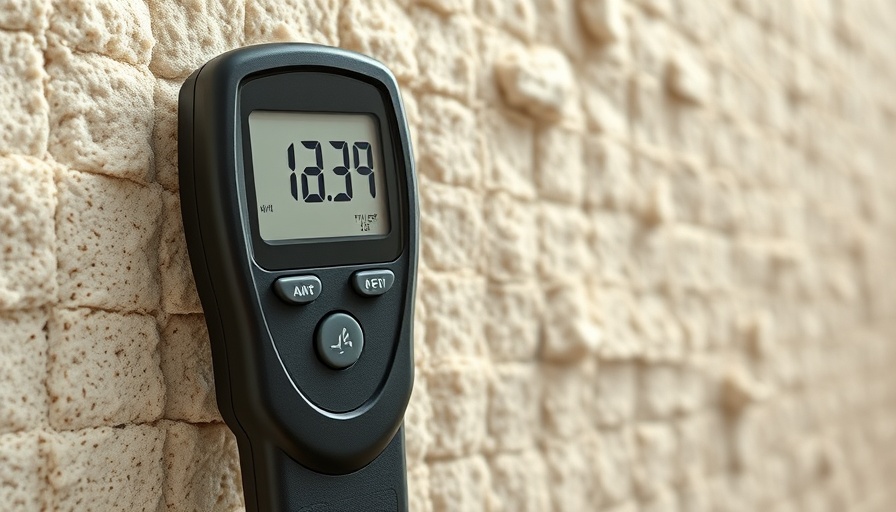
Understanding the Importance of Air Sealing Your Home
Finding fiberglass insulation in your home can raise concerns about air quality, heat loss, and energy efficiency. It's essential to properly air seal your interior to create a comfortable living environment. Air sealing not only helps to prevent the intrusion of external pollutants but also enhances energy efficiency by eliminating drafts. Understanding how to go about sealing your home is crucial to making your living space both healthy and cost-effective.
Common Areas to Focus on for Air Sealing
When considering air sealing, it is important to identify the areas in your home most likely to allow air leakage. Common culprits include:
- Doors and Windows: These are the most obvious entry points for drafts. Weather stripping and caulking are excellent materials to employ here.
- Attic Access: If you have a pull-down ladder, sealing this entry can save significant energy. Insulating here helps maintain temperature and prevents air loss.
- Pipes and Electrical Outlets: Small cracks and openings around plumbing and electrical outlets can lead to substantial air leaks. Spray foam or silicone caulk can help close these gaps effectively.
The Benefits of a Well-Sealed Home
Air sealing your home provides several benefits that extend beyond just energy efficiency. A well-sealed home contributes to:
- Improved Indoor Air Quality: Reducing airflow from outside minimizes the chance of contaminants entering your living space.
- Increased Comfort: By eliminating drafts, you achieve a more stable indoor temperature, making your living space more comfortable year-round.
- Cost Savings: With reduced energy loss, your heating and cooling costs can decrease significantly over time. Making this investment can lead to long-term financial benefits.
Tools and Techniques for Effective Air Sealing
Before starting your air sealing project, gather necessary tools such as a caulking gun, a utility knife, and measuring tape. Here are some effective techniques:
- Caulking: Use caulk for small gaps and joints to prevent air leaks.
- Weather Stripping: Apply weather stripping to doors and windows to reduce airflow around their edges.
- Foam Sealant: For larger gaps, especially around pipes or electrical outlets, expanding foam sealant will create a barrier that prevents air movement.
Future Insights on Home Energy Efficiency
As innovations in home-building technology progress, new materials and techniques for air sealing are emerging. Understanding these advancements can help homeowners make informed decisions about maintaining energy efficiency. Anticipation of regulatory measures aimed at improving energy standards could also play a part in shaping the approaches to home insulation—making early air sealing efforts even more critical.
Ensuring your home is properly sealed has lasting benefits. It's an investment in comfort, health, and cost savings. Take the time to evaluate your home and determine where air sealing is necessary.
 Add Row
Add Row  Add
Add 






Write A Comment